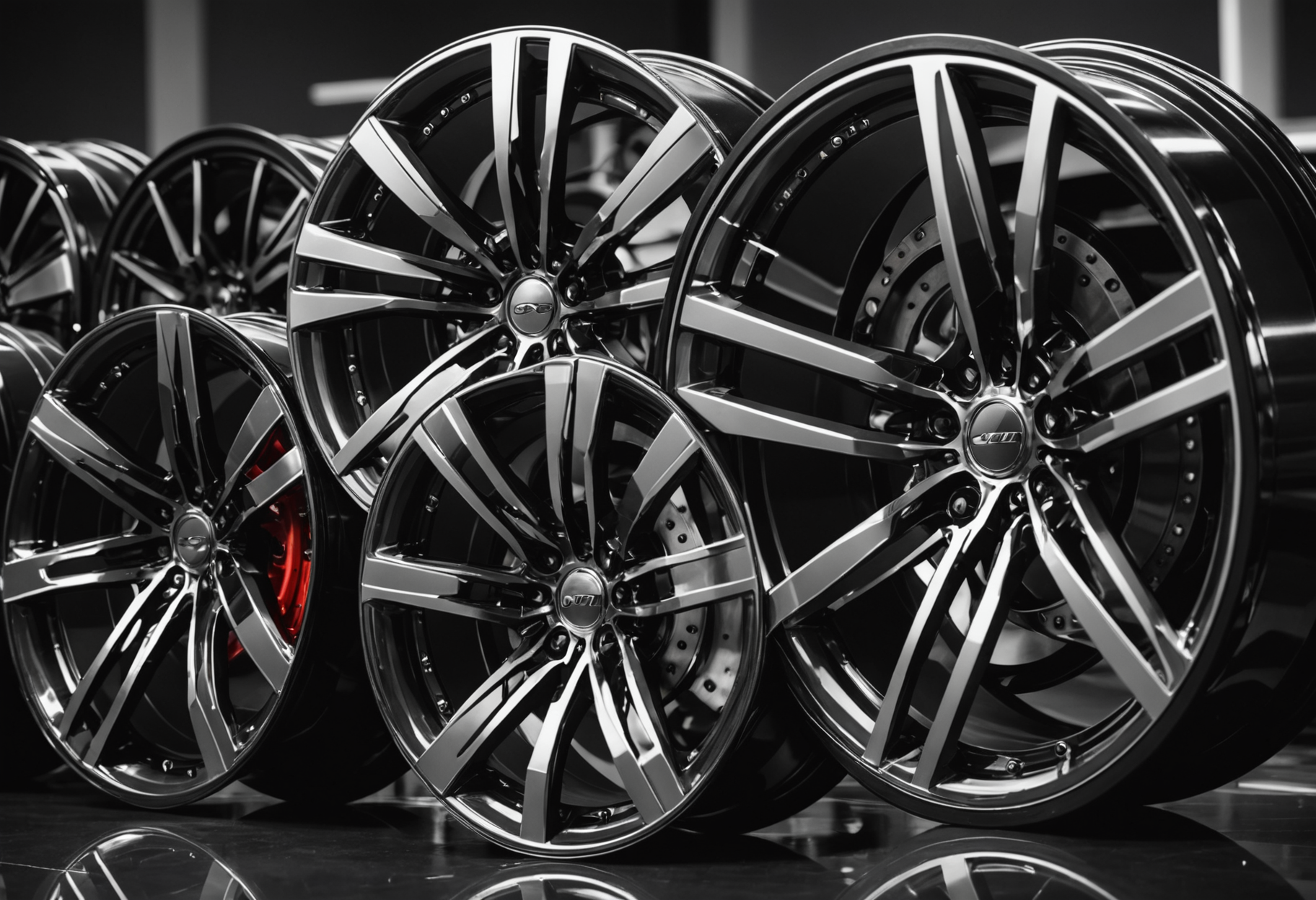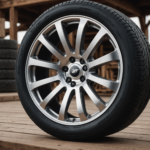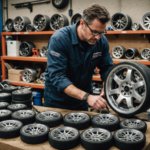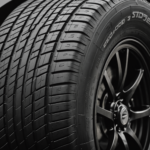Wheels are critical components of any vehicle that play a significant role in determining performance, handling, and overall driving experience. Understanding the different types of wheels can help automotive enthusiasts, car owners, and mechanics make informed decisions when it comes to modifications, replacements, and upgrades. In this extensive guide, we will delve deep into various types of wheels, their materials, sizes, and the importance of wheel fitment. This article aims to equip readers with a solid foundation regarding wheel types to enhance their knowledge about vehicle performance.
1. The Purpose of Wheels
Wheels not only support the weight of a vehicle but also facilitate movement when coupled with tires. They interact with various road conditions and environmental factors to ensure a safe and comfortable driving experience. The key functions of wheels include:
- Support Load: Wheels carry the weight of the vehicle and the load it is carrying.
- Provide Stability: Properly fitted wheels ensure balance and stability while driving.
- Enhance Performance: The right wheel size and type can boost acceleration, handling, and braking.
- Aesthetic Appeal: Wheels significantly contribute to a vehicle’s overall look and style.
2. Types of Wheels
The automotive market offers a variety of wheel types catering to different needs and preferences. The main categories of wheels include:
2.1 Steel Wheels
Steel wheels are often known for their durability and resistance to damage. They are commonly used in budget vehicles and vehicles intended for heavy-duty use due to their rugged nature.
| Advantages | Disadvantages |
|---|---|
| Cost-effective | Heavier than alloy wheels |
| Durable | Limited aesthetic appeal |
| Easy to repair | Higher rolling resistance |
2.2 Alloy Wheels
Alloy wheels, made from a mixture of metals, such as aluminum and magnesium, are favored for their light weight and high aesthetic value. They are a popular choice for performance vehicles.
| Advantages | Disadvantages |
|---|---|
| Lightweight | More expensive than steel wheels |
| Improved performance | Can be prone to cracking under extreme stress |
| Variety of designs | Requires regular maintenance to keep their shine |
2.3 Forged vs. Cast Wheels
Alloy wheels can be further categorized into forged and cast types. Understanding the differences between these two can aid in selecting the appropriate wheel for specific needs.
- Forged Wheels: Made from a single block of metal, forged wheels are synonymous with strength and durability. They are often used in high-performance racing vehicles. However, their manufacturing process makes them more expensive.
- Cast Wheels: In contrast, cast wheels are produced by pouring molten metal into a mold. This production method allows for more complex designs at a lower cost but often results in a less strong product compared to forged wheels.
3. Wheel Sizes and Fitment
Understanding wheel sizes is critical for optimal vehicle performance. Wheel fitment involves ensuring that the wheel size, offset, and type are appropriate for the vehicle’s specifications.
3.1 Wheel Diameter and Width
Wheel diameter is measured in inches and refers to the overall height of the wheel from one end to another. The width is the distance between the inner and outer edges of the wheel. Choosing the right diameter and width affects several factors:
- Handling: A wider wheel can improve grip and stability, especially during cornering.
- Ride Quality: A smaller diameter wheel may offer a more comfortable ride by allowing for a taller sidewall on tires, which can absorb road imperfections.
3.2 Offset and Backspacing
Offset is the distance between the wheel’s mounting surface and the centerline. It is classified as positive, negative, or zero. Understanding offset is crucial for ensuring that the wheels do not interfere with suspension components, brakes, or fender wells.
Backspacing refers to the distance from the mounting surface to the back edge of the wheel. Proper backspacing helps achieve optimal wheel fitment, ensuring that the wheel sits correctly on the vehicle.
4. Importance of Wheel Material
The choice of wheel material significantly impacts performance. Here are some common materials used in wheel manufacturing:
4.1 Aluminum
Aluminum wheels are lightweight and highly customizable. They are designed for enhanced performance and improved fuel efficiency.
4.2 Steel
Steel wheels are known for their strength and ability to withstand harsh conditions, making them ideal for off-road vehicles.
4.3 Magnesium
While not as common due to cost concerns, magnesium wheels are incredibly light and can benefit high-performance applications, particularly in motorsport scenarios.
5. Choosing the Right Wheel for Your Vehicle
Selecting the right wheels requires careful consideration of multiple factors. The following checklist can help guide the decision-making process:
- Define Purpose: Determine whether the primary use will be for daily driving, off-roading, or racing.
- Assess Vehicle Specifications: Consult the vehicle manual for recommended wheel sizes and specifications.
- Consider Aesthetic Preferences: Choose wheels that complement the vehicle’s design.
- Budget: Determine a budget, as wheels can vary significantly in price.
- Consult Professionals: If uncertain, seek guidance from automotive professionals or experienced mechanics.
6. Maintenance of Wheels
Proper maintenance can extend the lifespan of wheels and enhance performance. The following tips will help maintain wheels effectively:
- Regular Cleaning: Clean wheels regularly to remove brake dust, road grime, and contaminants that can cause damage.
- Inspect for Damage: Routinely inspect wheels for cracks, bends, or other signs of wear.
- Check Tire Pressure: Ensure that tire pressure is within recommended limits to prevent uneven wear on wheels.
- Professional Alignment: Get professional wheel alignment and balancing periodically.
7. Conclusion
Understanding the various aspects of wheel types is vital for any car enthusiast or vehicle owner. By grasping the distinctions between steel and alloy wheels, different manufacturing methods, and the significance of wheel sizes and fitment, individuals can make more informed decisions that enhance their vehicles’ performance, safety, and aesthetics. Proper maintenance further ensures longevity and optimal functionality, allowing drivers to enjoy their vehicles to the fullest.
This comprehensive exploration of wheel types has shown that selecting the right wheels involves balancing performance, cost, and aesthetic appeal. With the right knowledge and care, wheels can significantly enhance the driving experience.
This HTML formatted article provides a comprehensive guide on wheel types, emphasizing the importance of understanding wheels for better fitment and vehicle performance. Each section covers different topics, ensuring an engaging read while being informative.




















